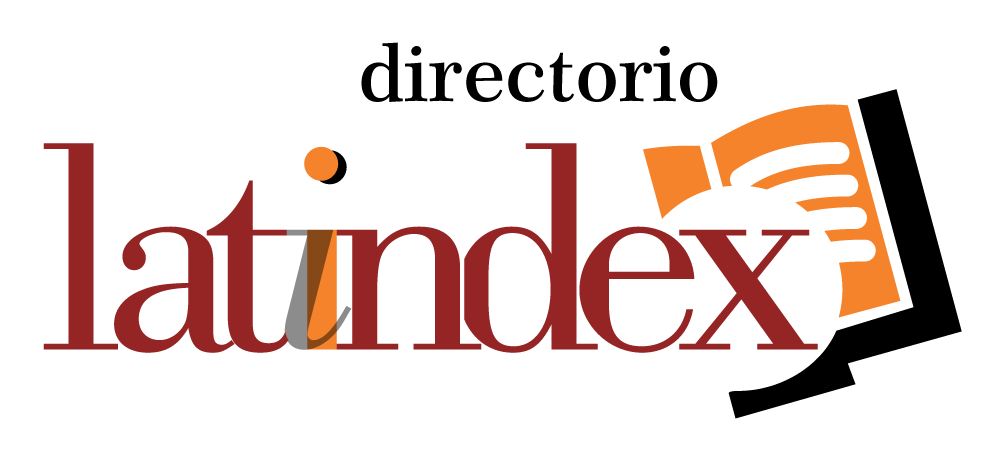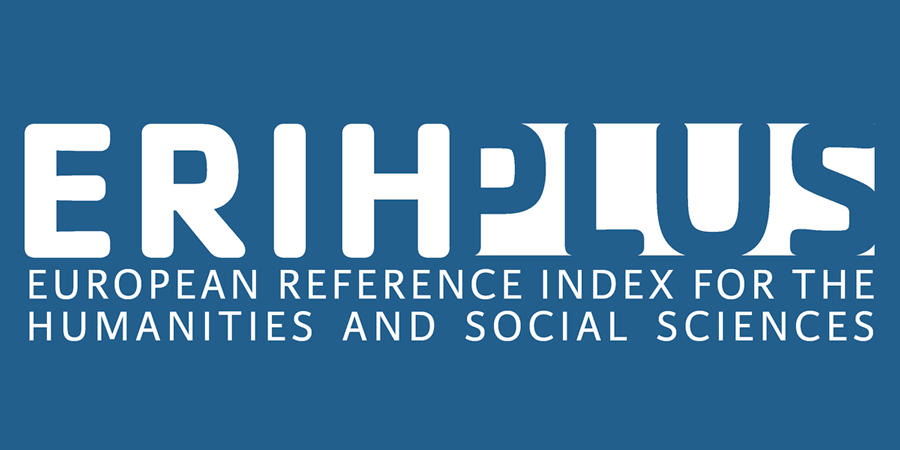Policies and practices for communicating science with non-academic audiences. Keys to multilevel planning from a public university
DOI:
https://doi.org/10.63207/z2fcb289Abstract
The connection between academia and civil society in collaborative public policy experiences involving researchers, social organizations, and the State requires, as a necessary, though not sufficient, condition for its possibility, a deepening of communication between scientific organizations and the various non-academic publics of science. From this premise, the diverse modes, genres, and media of science communication at a public university in the Argentine interior are recognized, and strategic guidelines are proposed for planning science communication at public universities and/or other equivalent organizations. The conceptualization emphasizes a multidimensional and multiscalar communication approach, and the method used includes qualitative intra-methodological triangulation. Emerging empirical evidence recognizes that three institutional conditions hinder the consolidation and sustainability of science communication that guarantees the right to knowledge for diverse publics: institutional policies with unspecific objectives and guidelines, discontinuities in science communication policies, and the coexistence of top-down and bottom-up initiatives within public universities. The final recommendations emphasize the conditions that enable both scientific policies for the social sciences and specific communication with non-academic audiences.

Downloads
Published
Issue
Section
License
Copyright (c) 2025 Verónica Pugliese, Amir Coleff, Edgardo Carniglia

This work is licensed under a Creative Commons Attribution-NonCommercial-ShareAlike 4.0 International License.
Obra disponible bajo licencia Creative Commons 3.0. Atribución-NoComercial-CompartirIgual









